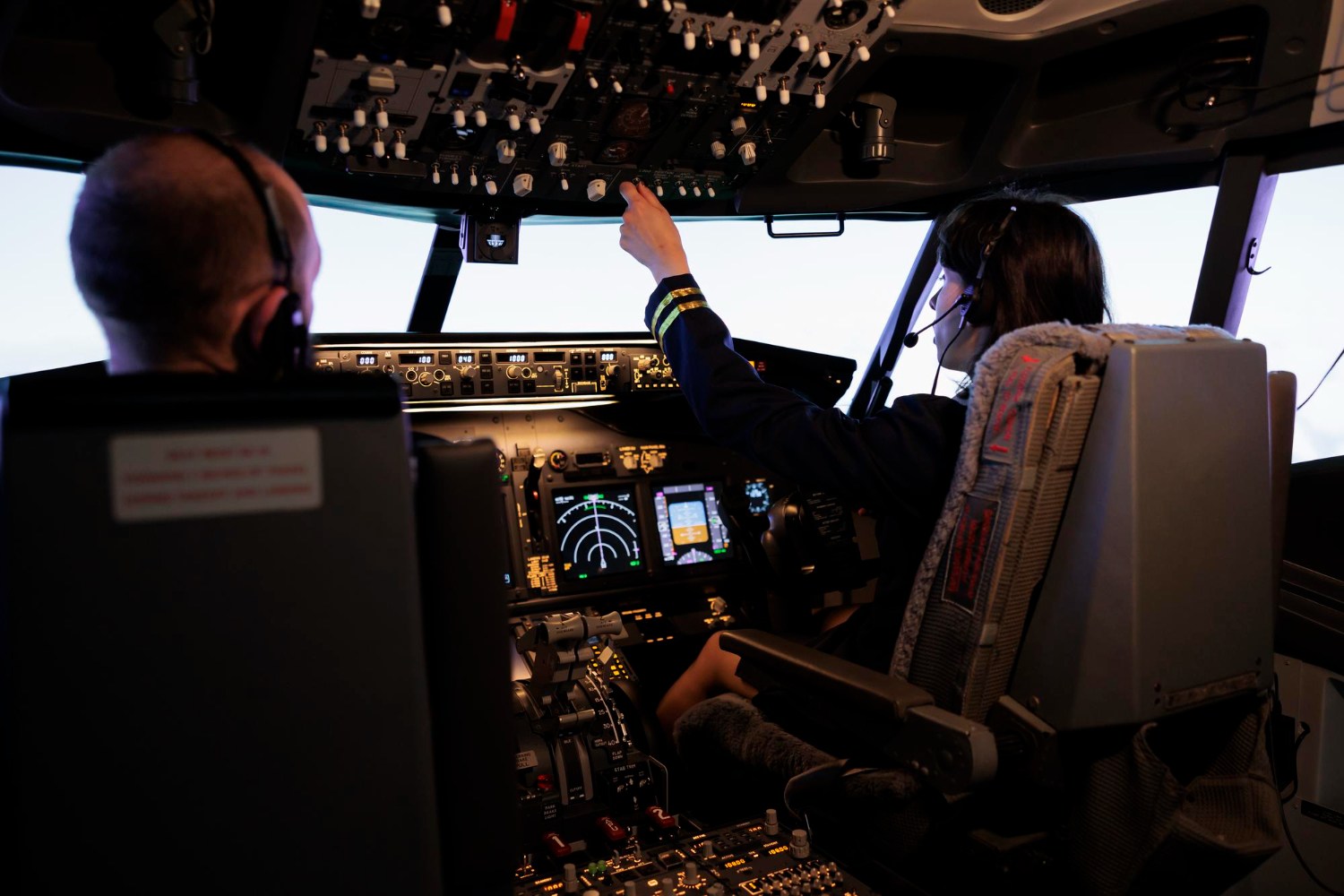Takeoff Ready: Maryland Flight Training Checklist for Aspiring Pilots
Soaring through the skies begins with solid preparation. Whether you’re dreaming of becoming a commercial aviator or simply earning your private pilot’s license, finding the right pilot training Maryland program is a crucial first step. Starting your aviation journey requires more than just enthusiasm—it’s about understanding the essentials, from course requirements to certifications, ensuring you’re ready for success.
This checklist is designed to help aspiring pilots navigate the steps needed for a smooth entry into flight training Maryland. From required documents to mental preparation, this guide covers everything you need to know before you begin.
1. Eligibility Requirements
Before enrolling in any pilot training Maryland program, ensure that you meet the basic criteria:
- Age: The FAA requires pilots to be at least 16 years old to begin training and 17 to earn a private pilot’s license.
- Medical Certificate: Obtaining a medical certificate from an FAA-approved aviation doctor is mandatory. This evaluation ensures you’re physically fit to operate an aircraft.
- Language Skills: Pilots must be fluent in English for effective communication during flights and with air traffic control.
2. Financial Planning
Flight training Maryland can be an investment, so understanding costs upfront can save headaches later. Training expenses typically include:
- Tuition fees for flight schools and instructors.
- Aircraft rental costs during lessons.
- Exam fees for written and practical tests.
On average, earning a private pilot’s license could range from $8,000 to $15,000, though costs may fluctuate depending on the school and type of aircraft used. Explore scholarships, grants, or financing options to help offset expenses.
3. Study Materials and Resources
Preparation is key to excelling in the theoretical components of pilot training. Invest in essential study tools, such as:
- The Federal Aviation Regulations/Aeronautical Information Manual (FAR/AIM).
- Ground school textbooks.
- Flight planning apps and simulators for practice.
Engaging with online forums or groups centered around flight attendant training Maryland can enhance your learning experience by connecting with instructors and fellow trainees.
4. Mental and Physical Preparation
Piloting demands focus, quick decision-making, and physical dexterity. Boost your readiness by:
- Staying physically active to enhance motor skills and stamina.
- Practicing mindfulness and stress management techniques to improve concentration.
- Familiarizing yourself with basic aviation terms and airspace regulations to ease communication during lessons.
Ready to launch your aviation career? With this checklist in hand, the path to earning your wings through pilot training Maryland is clearer. Whether you aim to fly recreationally or professionally, thorough preparation is your ticket to success. Strap in, and let the skies be your playground!





